A Kenya Safari requires much advance planning, but with the help of a travel agent, the process becomes stress free. As a travel specialist, it’s my job to create a seamless experience from take off to safe return home. My recent article on Safari Planning Basics will help you jump start your itinerary and take this from dream trip to reality. After an overnight stay in Nairobi, hop a bush plane to Maasai Mara for excellent game tracking, and then on to Mount Kenya for a little rest and relaxation. Next stop, a stay in The Laikipia Reserve — the perfect addition to your safari experience.

Known for its untamed beauty, The Laikipia Reserve was formed when the ranches of the Colonial era were converted from farming to wildlife. Possessing one of the largest elephant populations in East Africa, it is one of the last strongholds of the endangered black rhino. The plateau has reverted back to its wilderness roots, with a wildlife refuge supporting huge numbers of game including lion, cheetah, leopard, wild dog, impalas, gazelle, and reticulated giraffe.
After arriving by bush plane, we visited the Loisaba Conservation Center, a 56,000-acre wildlife conservancy located within Laikipia. As poachers continue to kill thousands of elephants and giraffes throughout Africa, organizations are banding together to develop strategies to stop the illegal killing of these threatened species. Education is one of these key strategies. The organization aims to become the hub for conservation education in Laikipia for the local community, tourists, and students. The center’s ultimate goal is “to help inform visitors about community-based conservation and how this model, with their support, will help preserve the area’s habitat and the endangered animals that live here.” Through their work, they show how conservation benefits both wildlife and the community.
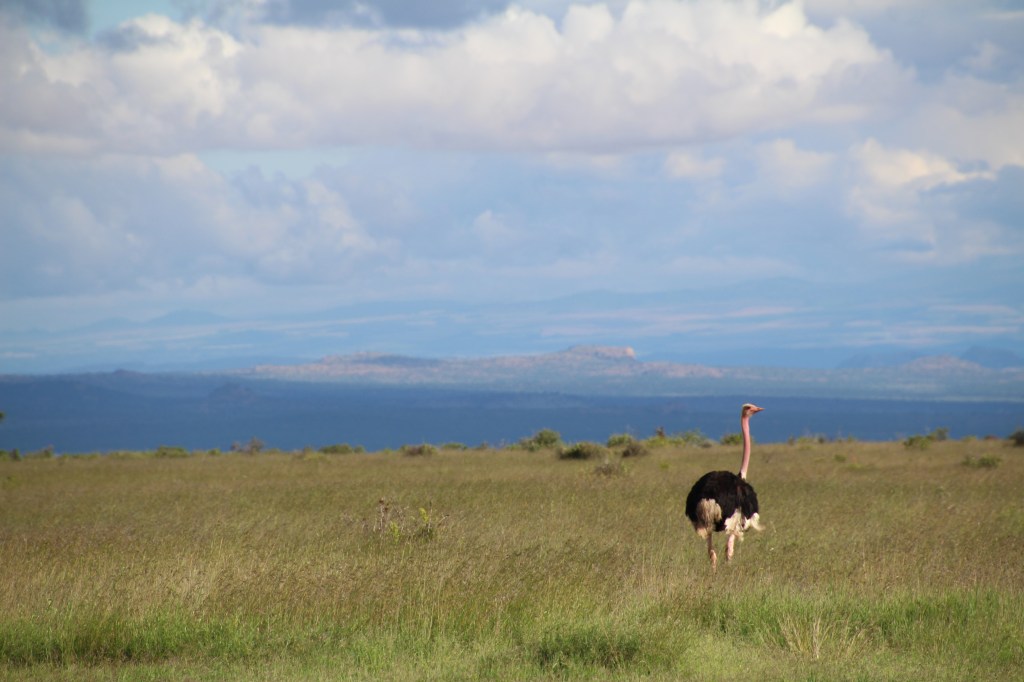


Located within the reserve, Elewana Loisaba Lodo Springs offers the ultra-private lodge experience with eight private, spacious tented rooms each with impressive views over the valley below. With floor to ceiling windows, wide plank wood floors, oversized bathrooms, expansive decks, and minimalist but sophisticated Africana furnishings, they have more in common with boutique accommodations than their canvas namesake. (Click on this video below for a tour of my accommodations.)
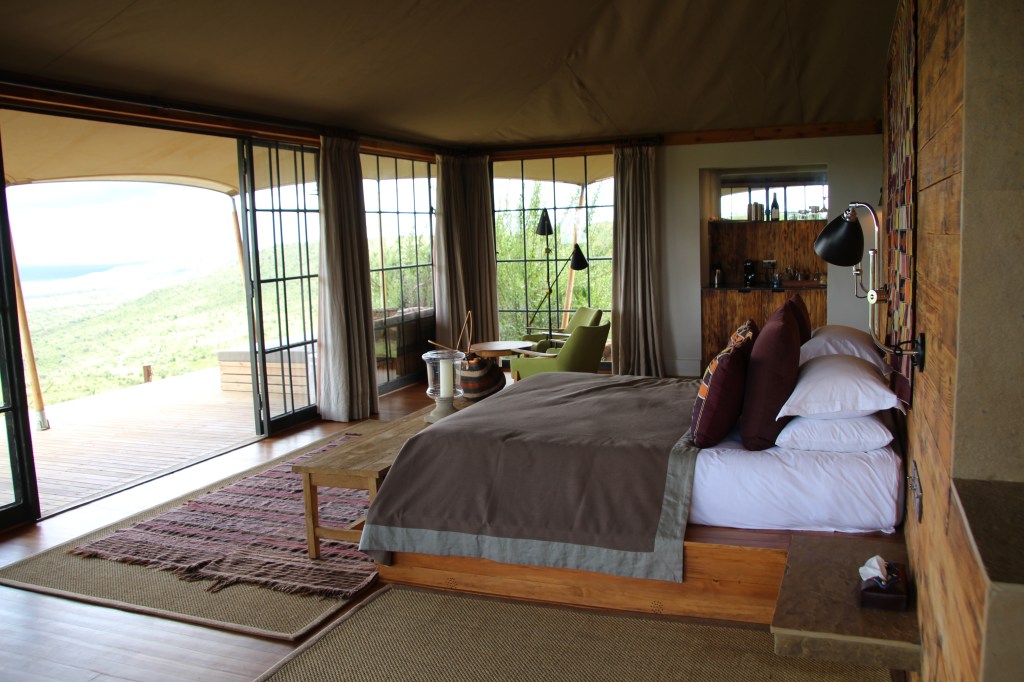

Our days were filled with long morning treks and drives across the savannah as we searched out rhino, dik-dik, eland hartebeest, warthog, and Cape buffalo. The resort arranged breakfast served in the bush, and also offers horseback riding, mountain biking, fishing, and nighttime game drives.
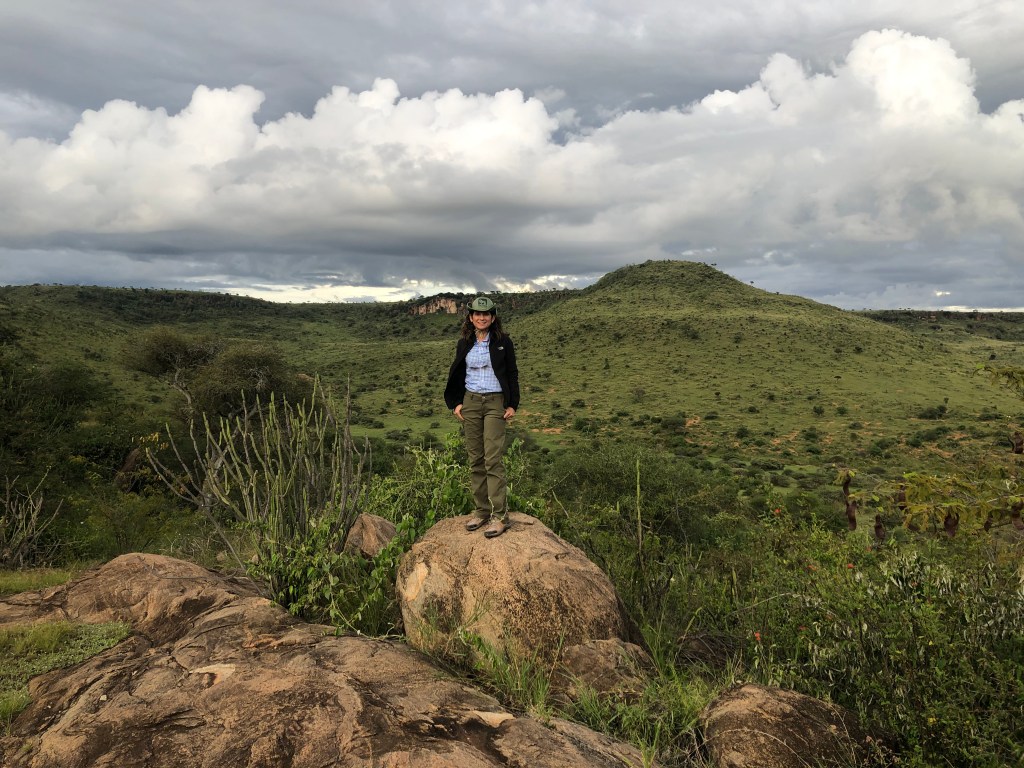

For something REALLY unusual, stay a night or two at the Elewana Loisaba Star Beds. Poised on a rocky outcropping, this lodge features individual thatched roof accommodations with four-poster wooden beds that sit on raised wooden platforms. At night, the beds are slowly rolled out to the outdoor deck for guests to enjoy the most memorable sleep under an endless African sky. The Star Beds are rustic in design and are meant to harmonize with the natural rocky landscape.


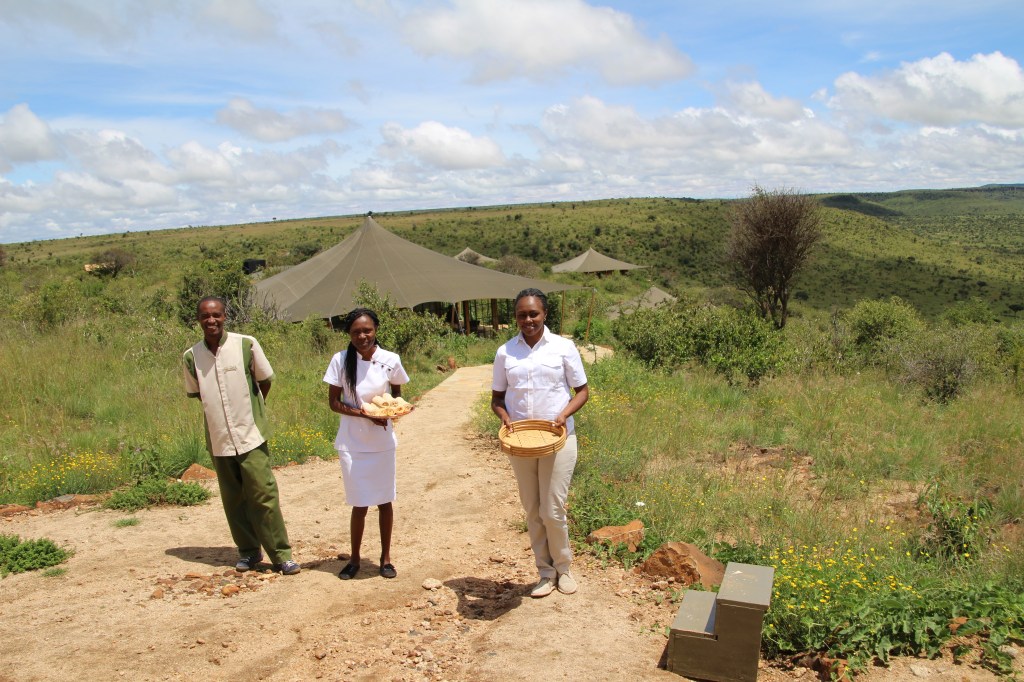
It’s never TOO early to plan your next adventure. Email me: mollie@herrickstravel.com, for assistance and find out about upgrades, special amenities, and VIP service for all Herricks Travel American Express/Altour customers regardless of credit card membership. Looking for the best of the best Safari experience? Let me help you plan your trip with Micato Safaris, one of the world’s top outfitters, delivering unparalleled service.
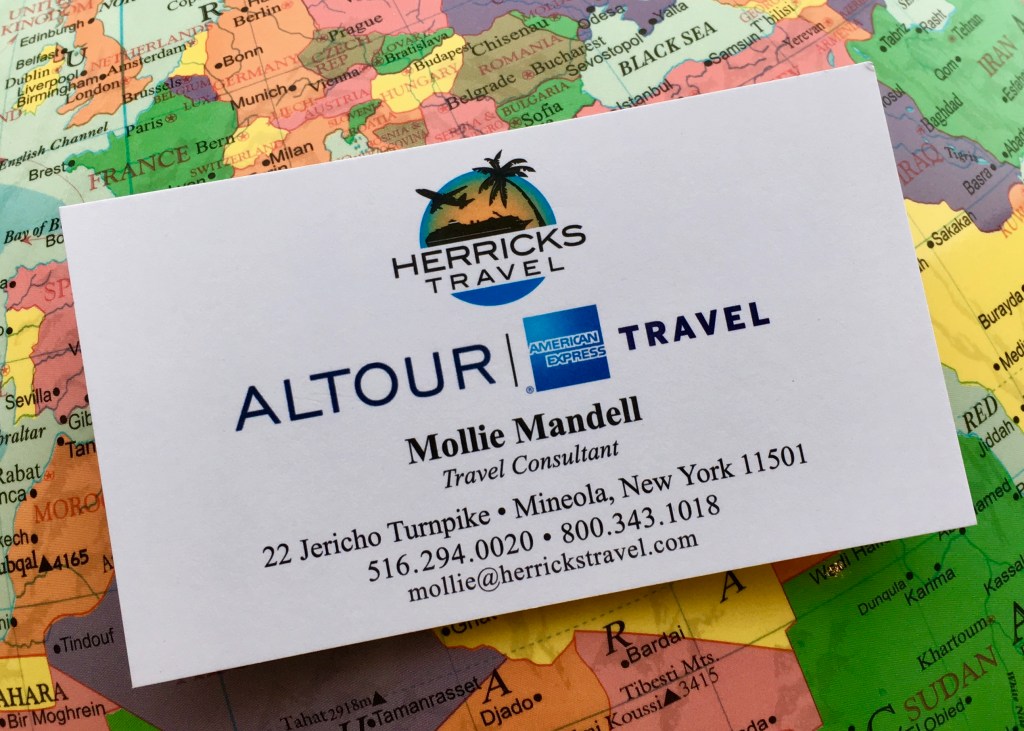
Become a SUBSCRIBER and receive all my latest articles right to your inbox: look for the “subscribe to this blog by email” box and then respond to the follow-up email. For more information on my trip planning services, for assistance with Amex “Pay with Points” and Amex Fine Hotels & Resort Hotels, please click HERE.

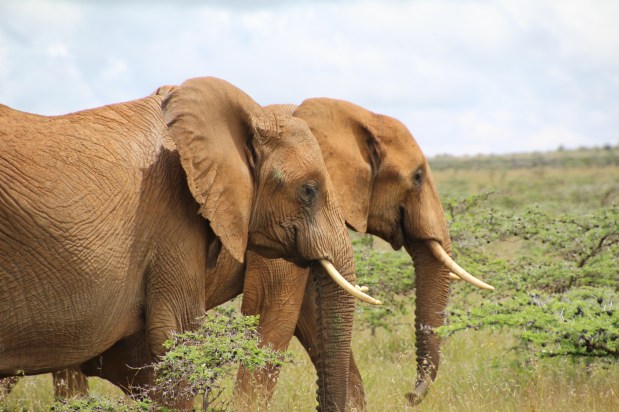



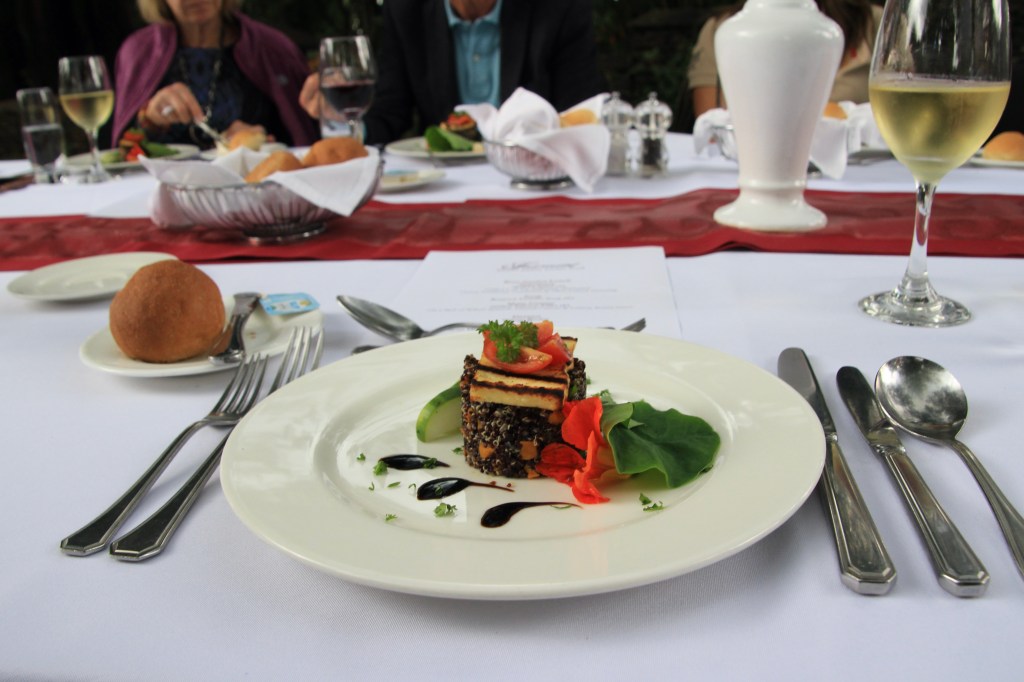
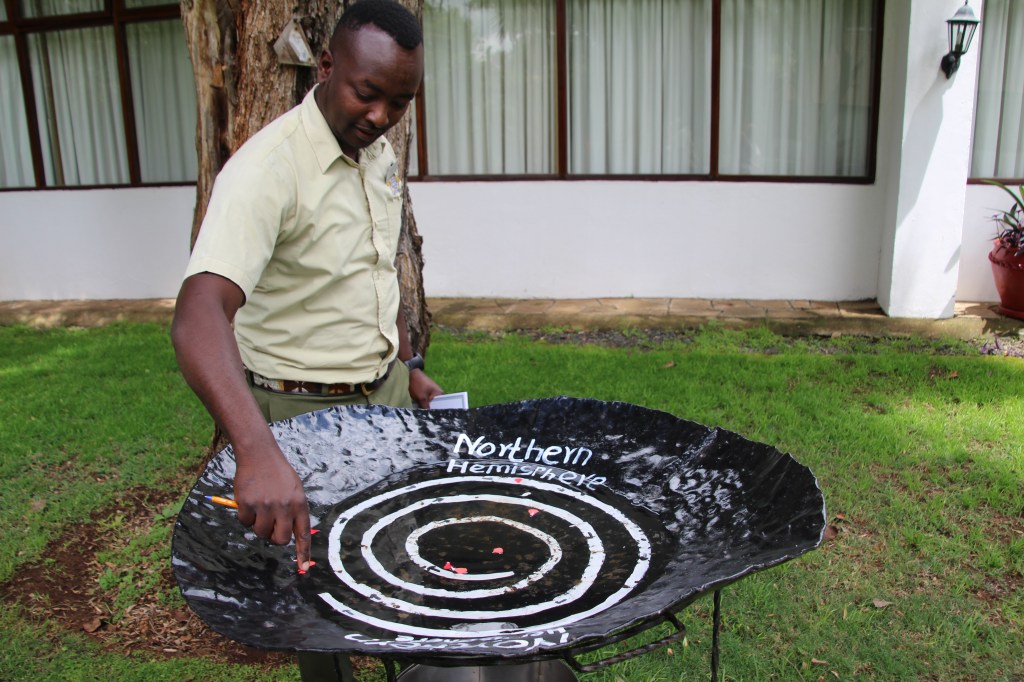
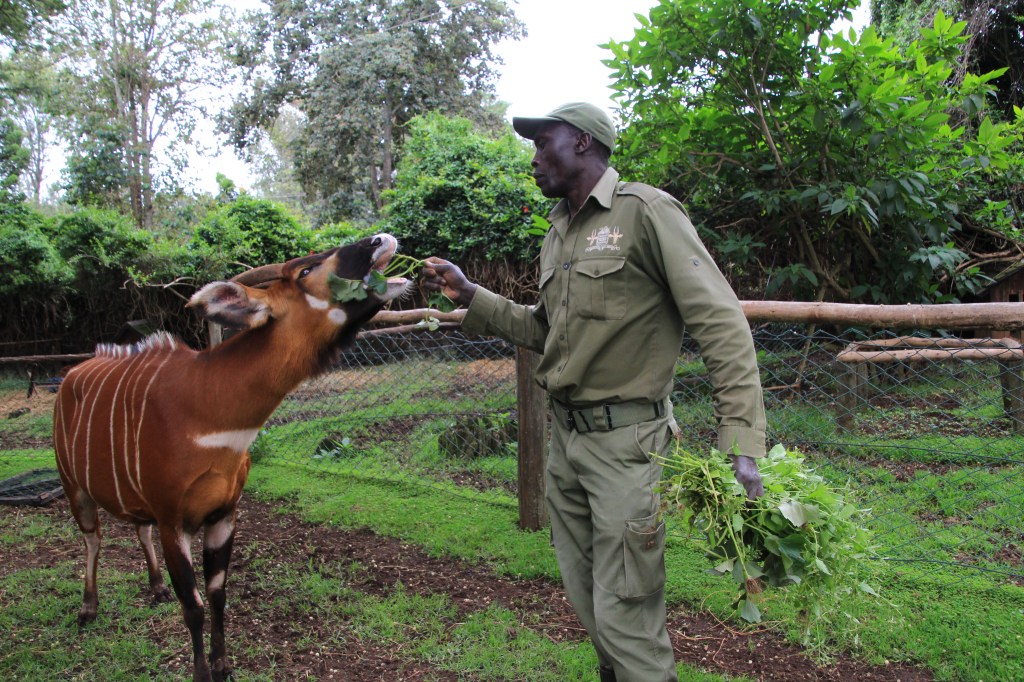



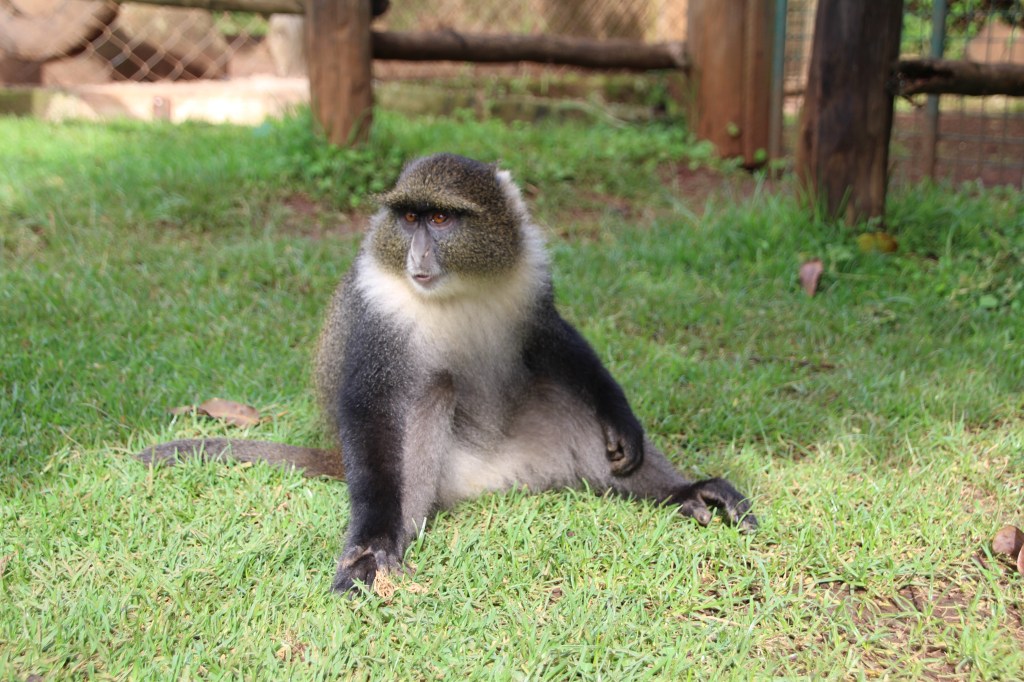




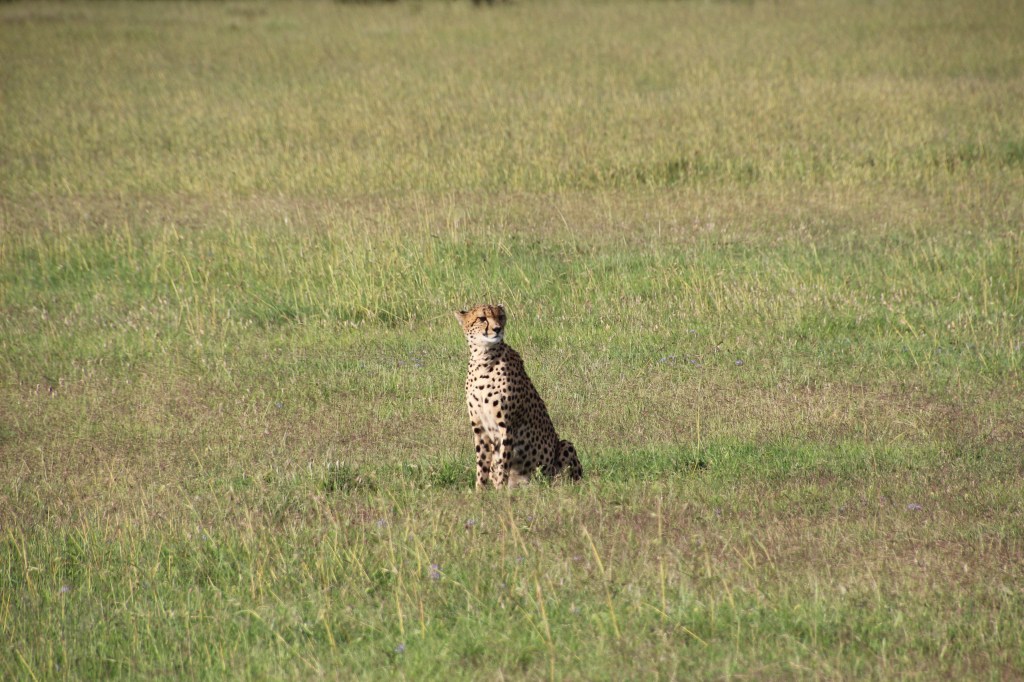

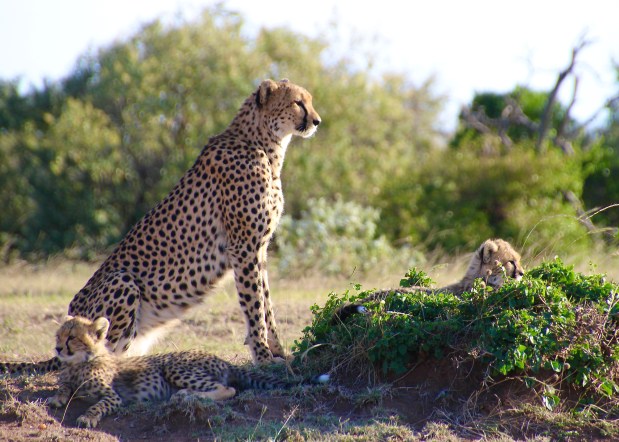








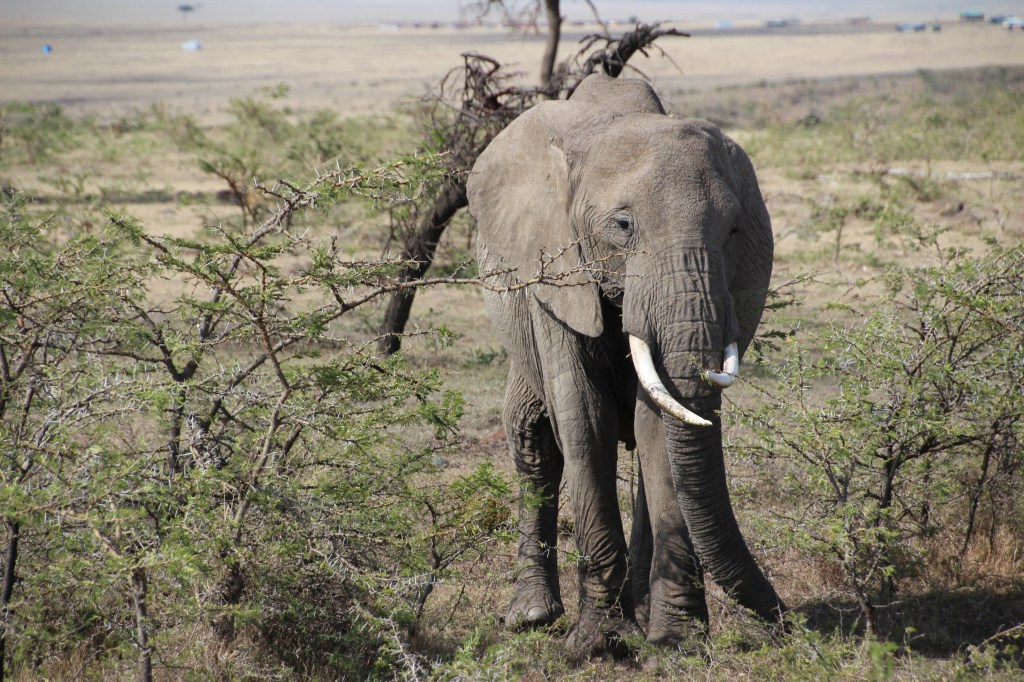




















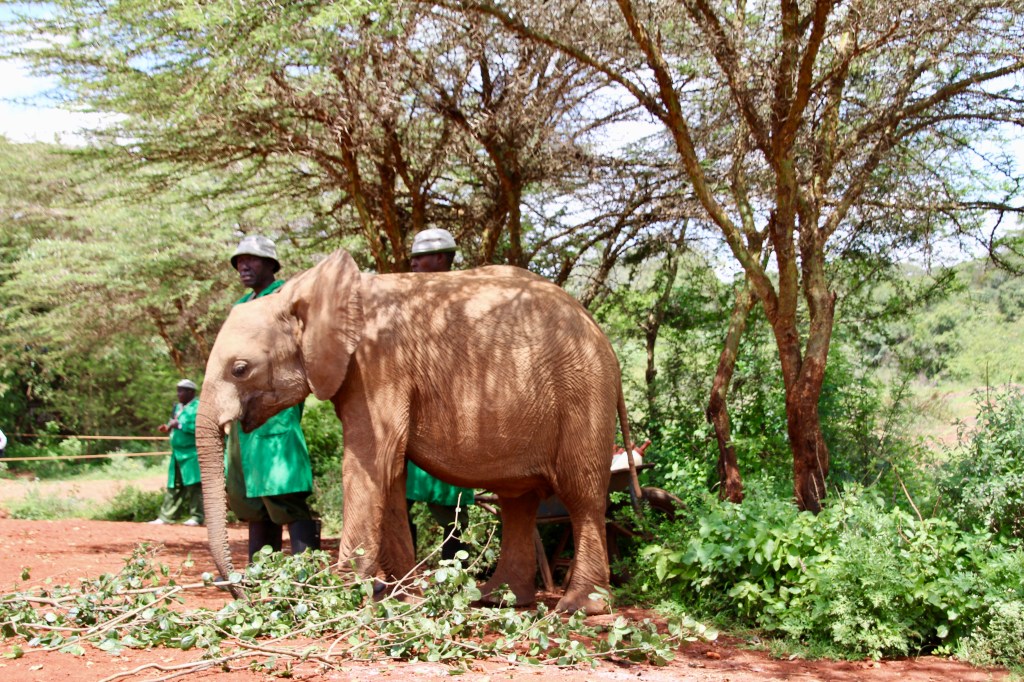


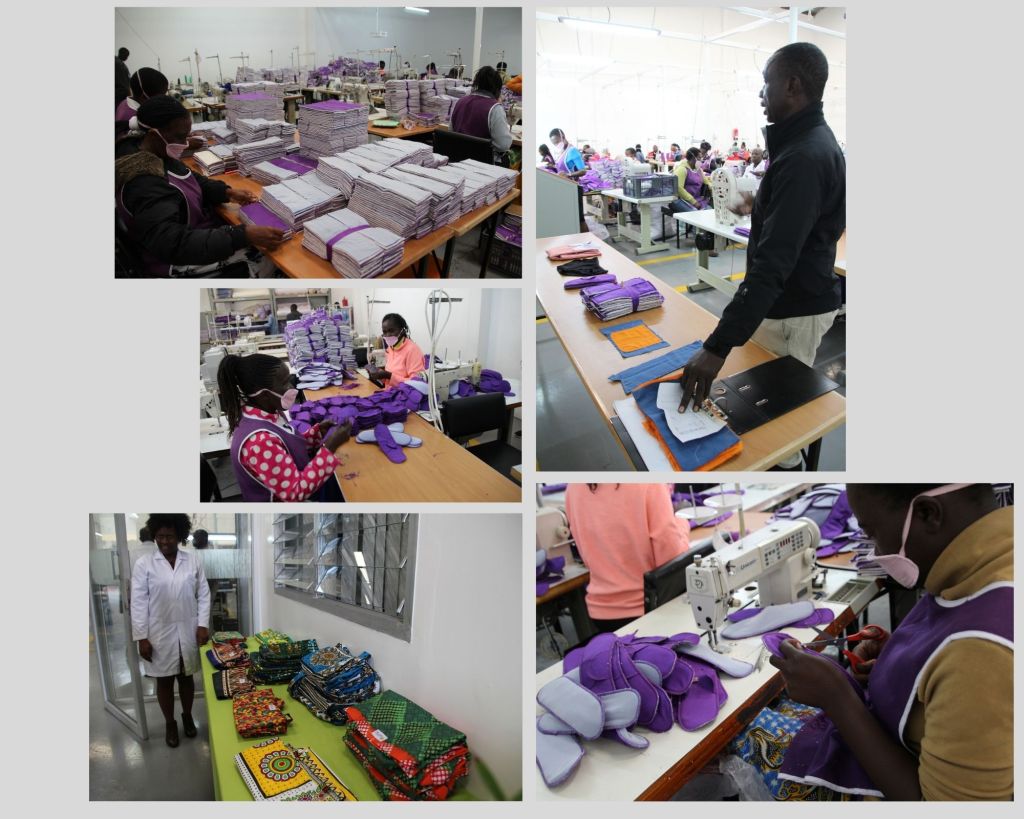





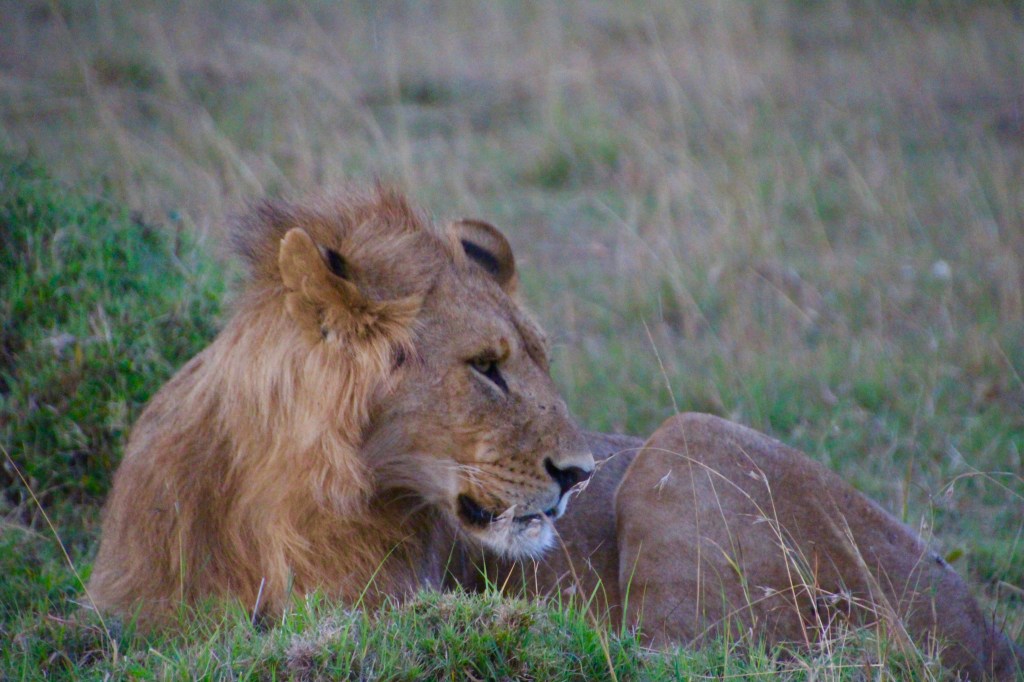
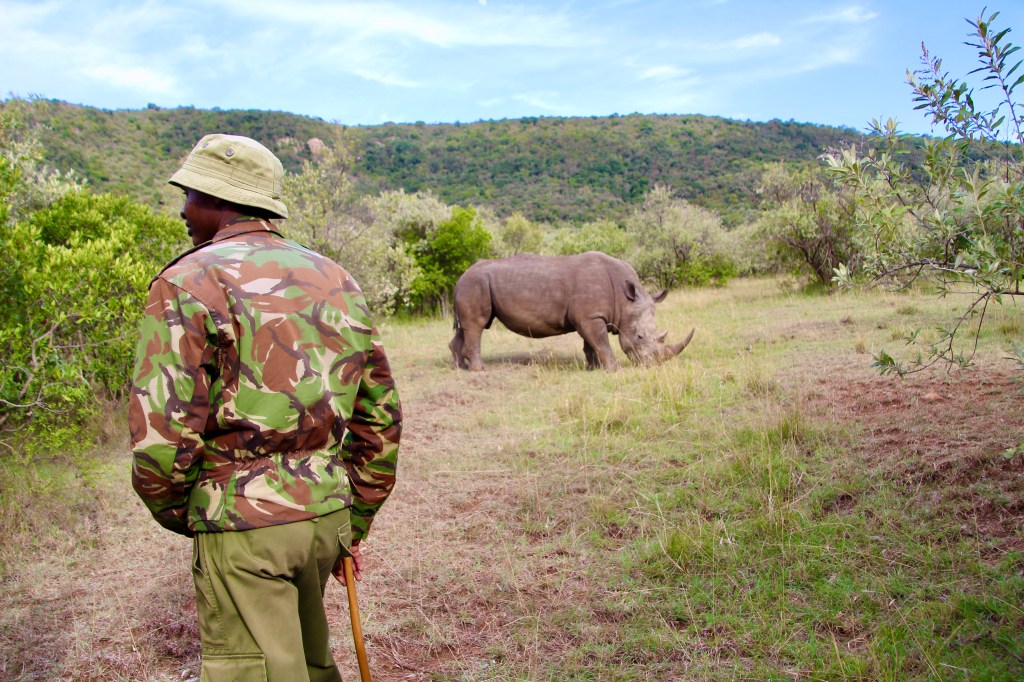
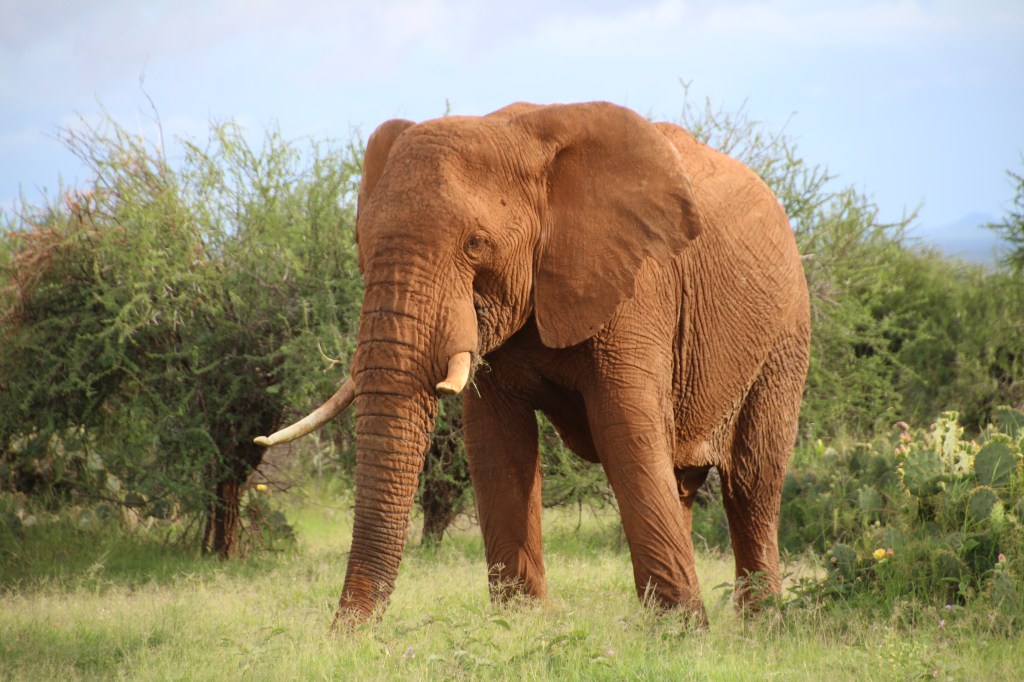


 Our travel agent group was brought to the Harambee Center – it means “Let’s Pull Together” in Swahili. The center is a multi-purpose facility – a bright and beautiful oasis of hope and green space in the middle of the Mukuru slum. A vital community center, it allows residents to gather for lectures, educational sessions, and meetings. Our visit (pre-pandemic) included a tour of the classrooms, lending library, and computer resource building. Students of all ages were seated shoulder to shoulder at tables, quietly doing homework, studying for exams, and forming study groups. The library is stocked with over twenty thousand books, including novels, textbooks, and study guides. Books are a rare gift in Mukuru; many schools do not have adequate textbooks, and novels are a luxury most cannot afford.
Our travel agent group was brought to the Harambee Center – it means “Let’s Pull Together” in Swahili. The center is a multi-purpose facility – a bright and beautiful oasis of hope and green space in the middle of the Mukuru slum. A vital community center, it allows residents to gather for lectures, educational sessions, and meetings. Our visit (pre-pandemic) included a tour of the classrooms, lending library, and computer resource building. Students of all ages were seated shoulder to shoulder at tables, quietly doing homework, studying for exams, and forming study groups. The library is stocked with over twenty thousand books, including novels, textbooks, and study guides. Books are a rare gift in Mukuru; many schools do not have adequate textbooks, and novels are a luxury most cannot afford.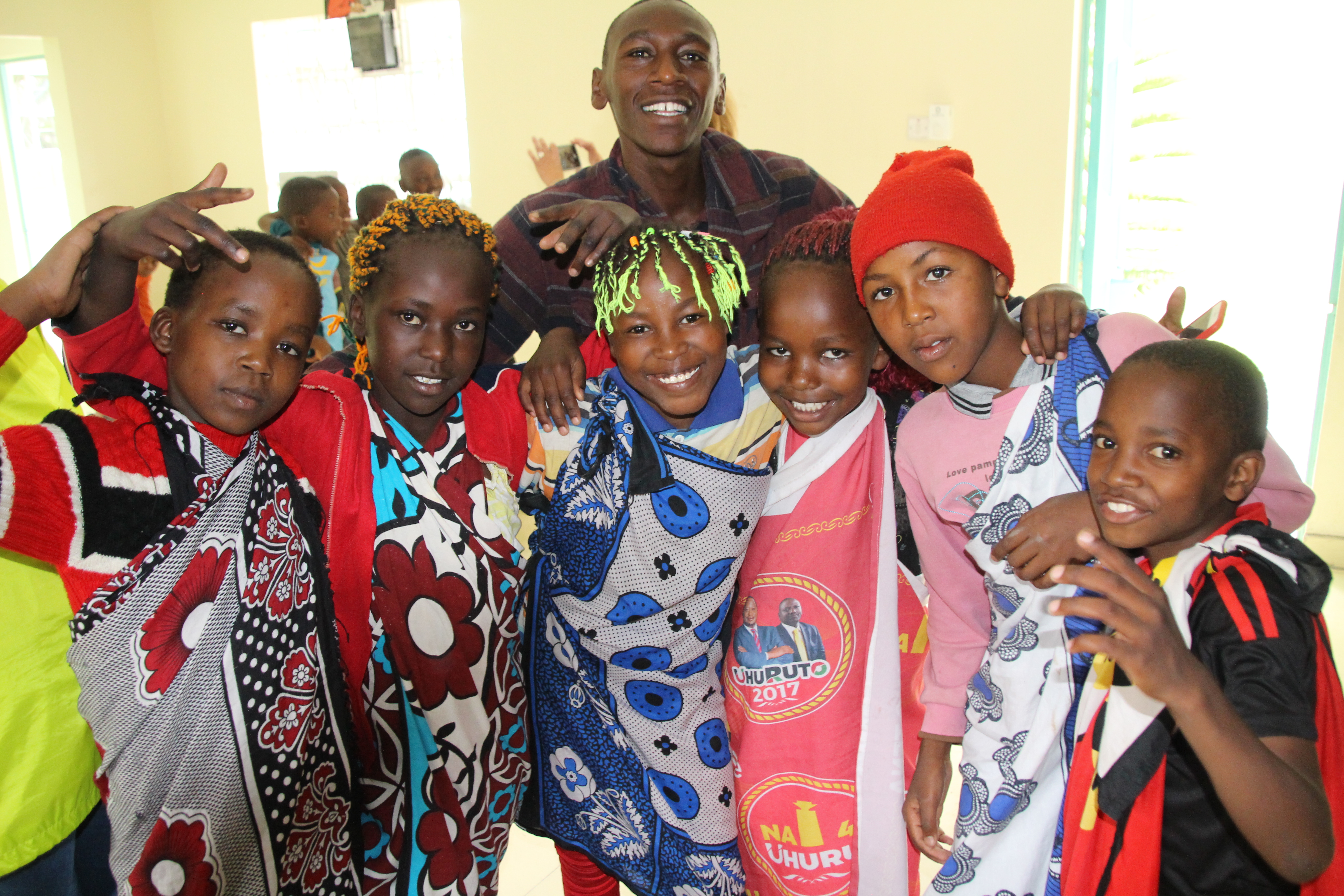
 I was grateful for the opportunity to see this organization’s efforts in action and help shine a light on their mission. Although the residents are faced with the daily challenge of survival, our visit to Harambee included an opportunity to see the children’s commitment to education, positivity, and kinship.
I was grateful for the opportunity to see this organization’s efforts in action and help shine a light on their mission. Although the residents are faced with the daily challenge of survival, our visit to Harambee included an opportunity to see the children’s commitment to education, positivity, and kinship.